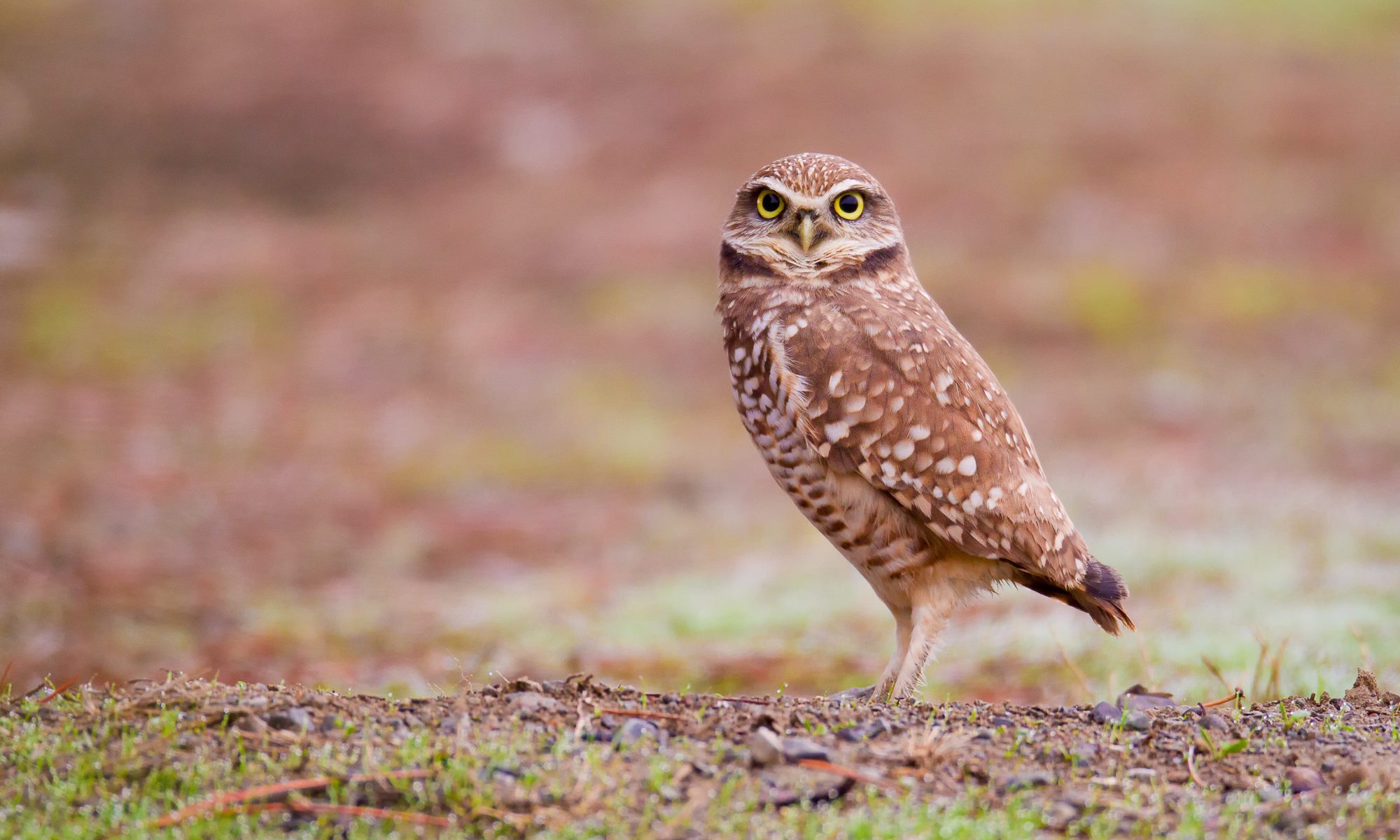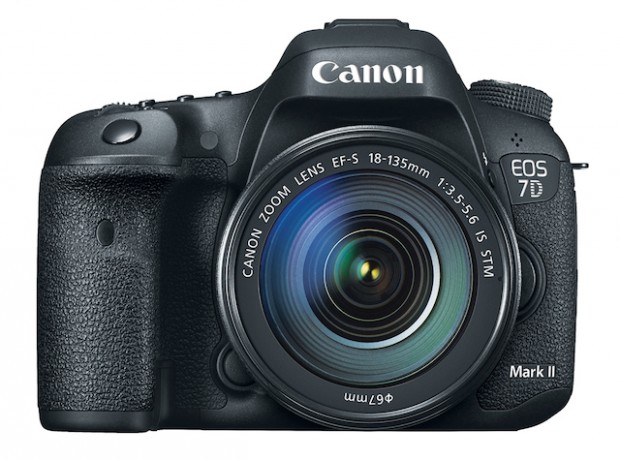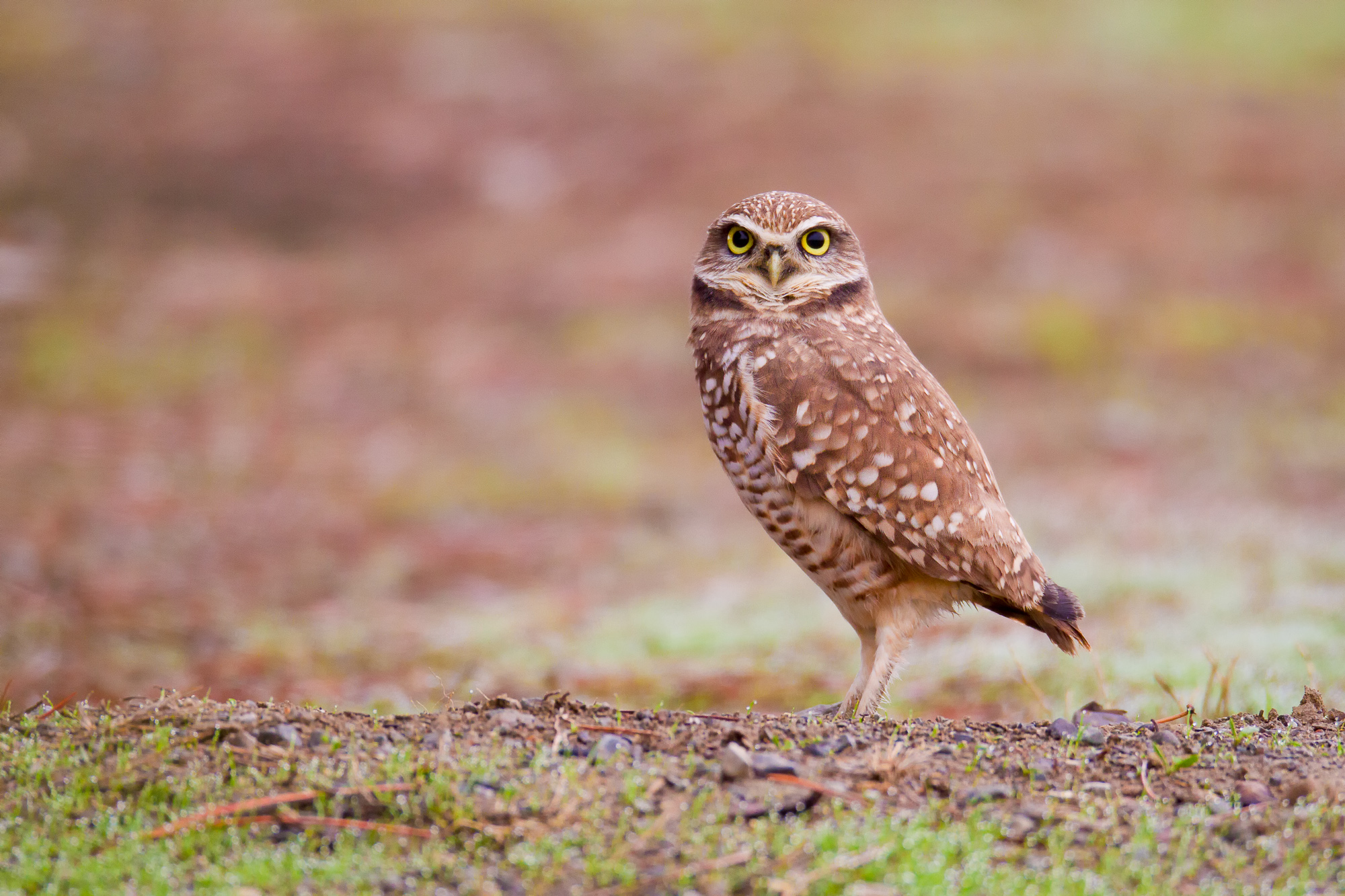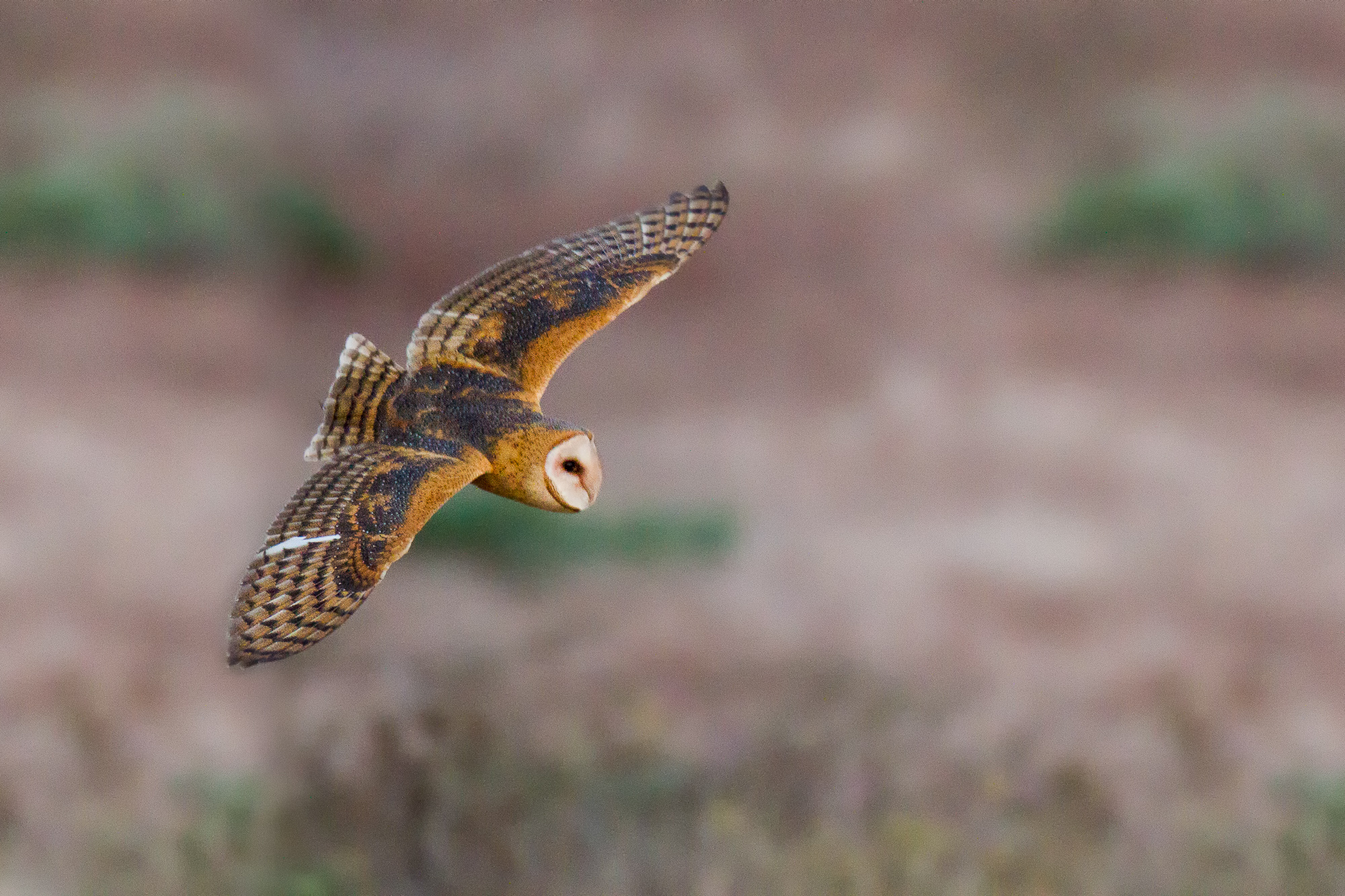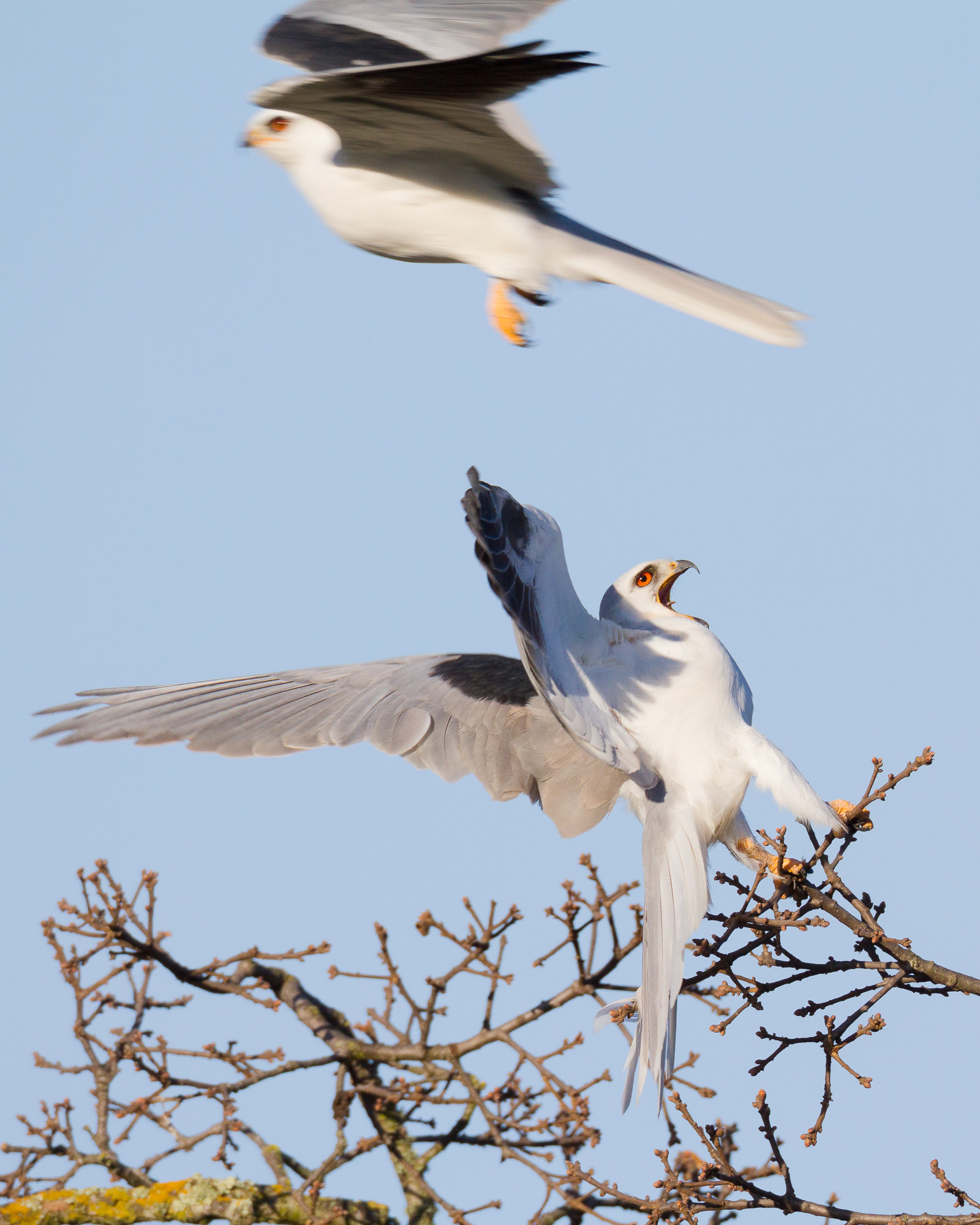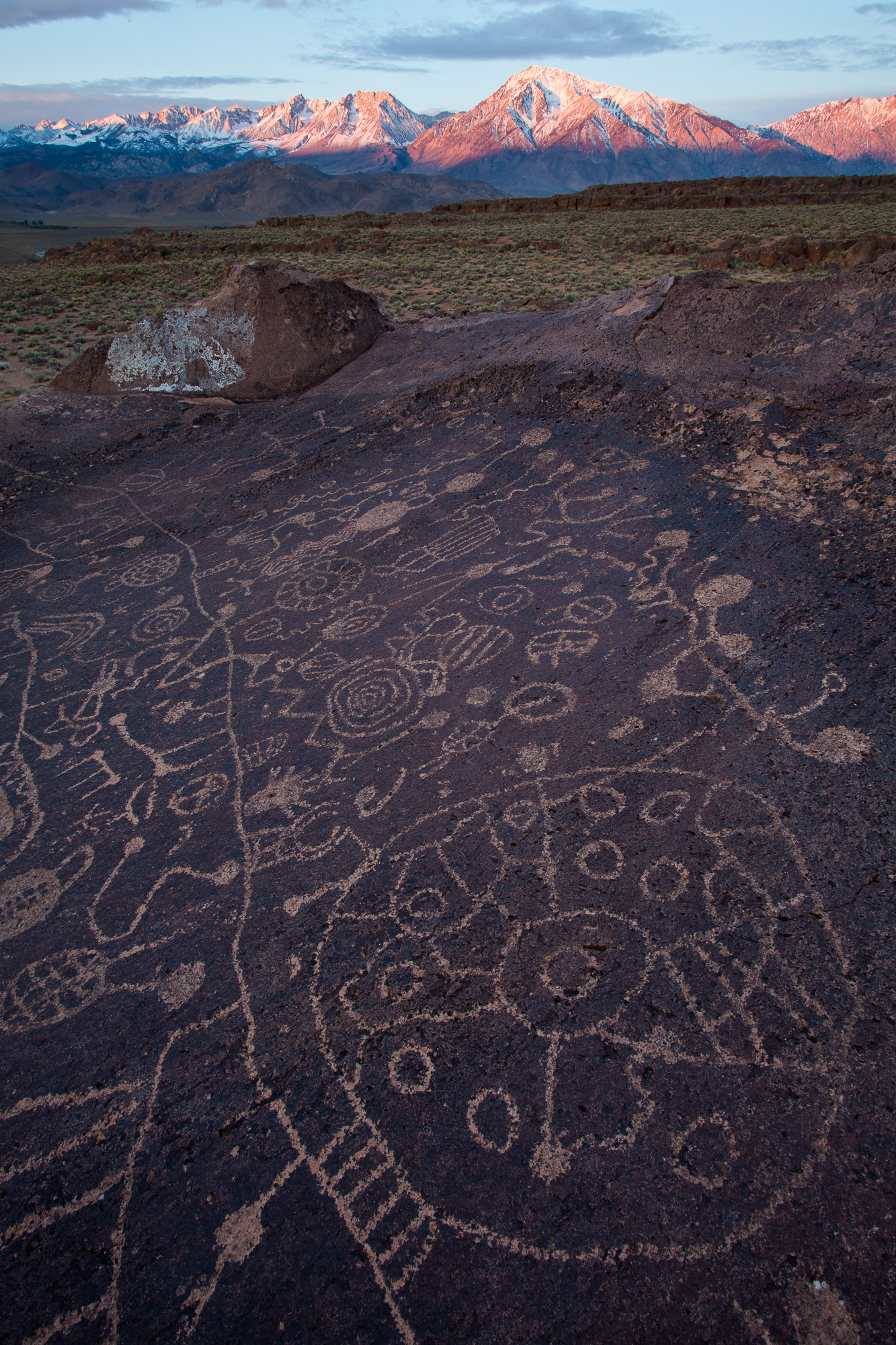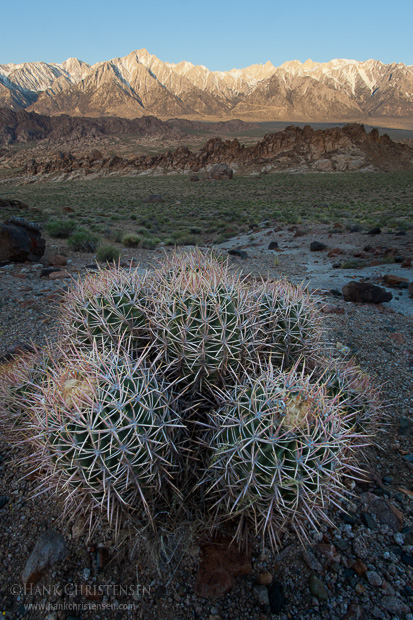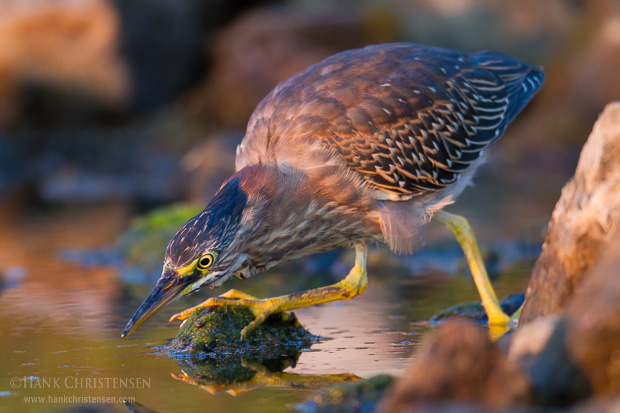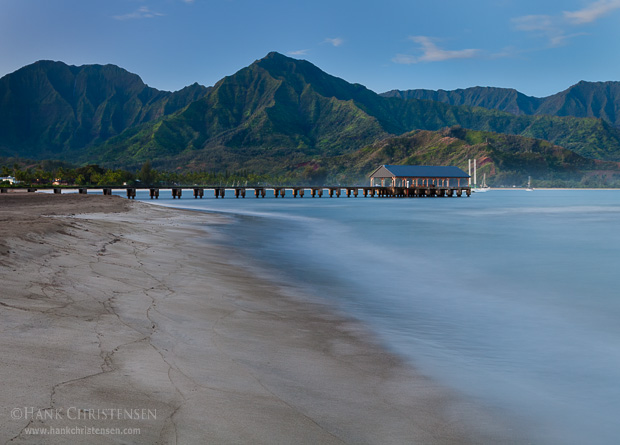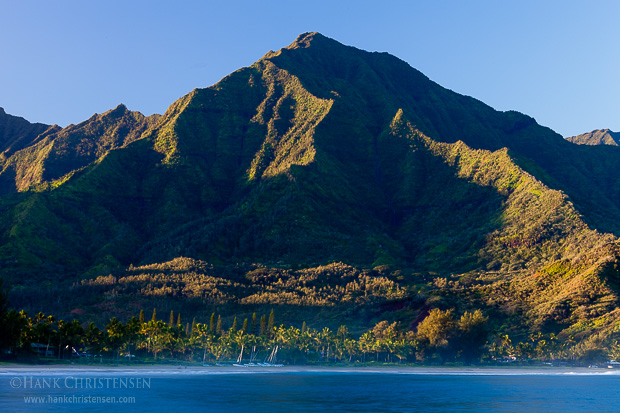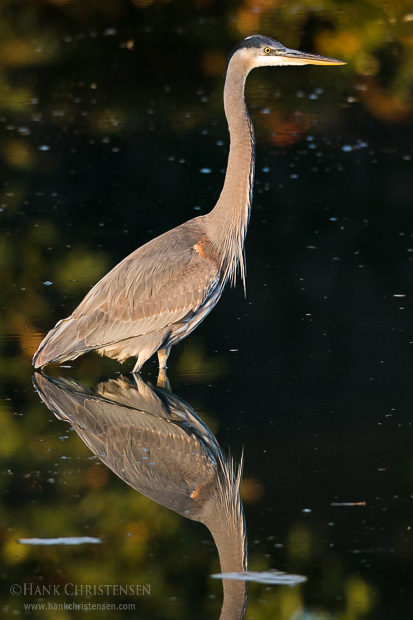
I spent about an hour this morning doing some bird photography with my new 7D Mk II. My primary use for this camera will be birds and wildlife, and I found and photographed some of the usual suspects around my home. This is not meant to be a formal review by any means, but I wanted to share some of my first impressions.
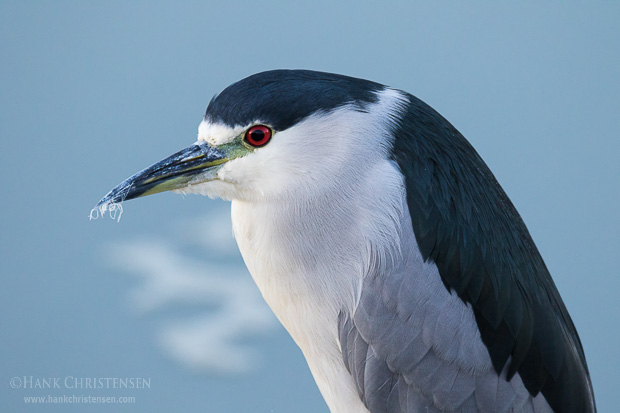
Aesthetics
Before we get to performance, I have to address how the camera felt out in the field. It was a real joy! The build quality is solid and the camera was extremely responsive and accurate. Ergonomically, the buttons are laid out well, and I can tell a lot of thought went into designing the UI. The number of settings on this camera can be daunting, but almost everything can be customized to suite your exact photography needs.
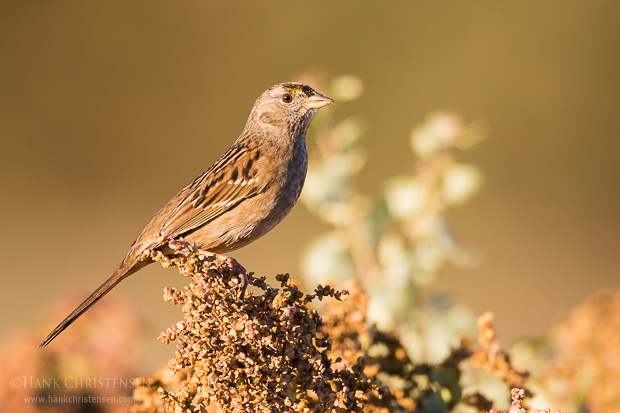
Auto-focus
Obviously auto-focus capabilities are one of the headliner features for this camera. Canon’s new auto-focus debuted on their flagship pro body, and have been filtering down to less expensive cameras in the last couple of years. I haven’t tried out the myriad AF algorithms available (I’ll do further testing with these using birds in flight), but I can say that auto-focus was fast and accurate. Almost everything I captured was tack sharp. I’ll be setting up the camera with different AF settings depending on whether I’m photographing stationary animals or birds in flight.
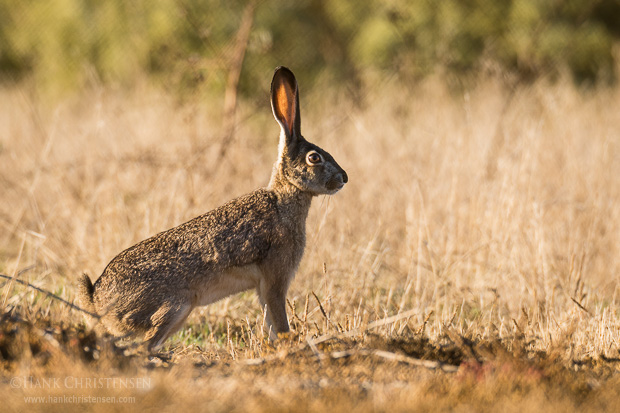
Noise Performance
As the sun was rising, I shot mostly at ISO 1600, gradually dropping down to ISO 400 as the day got brighter. At ISO 1600, there is still some noise visible in the shadows, but it was easily corrected in post processing. I found very clean shadows at ISO 800 and below. With my previous camera (7D), my starting ISO was usually 400 and I’d go up from there if the situation demanded it. Based on the performance of the Mk II, I will probably do most bird photography at ISO 800, giving me a full stop of extra light to play with in most circumstances.
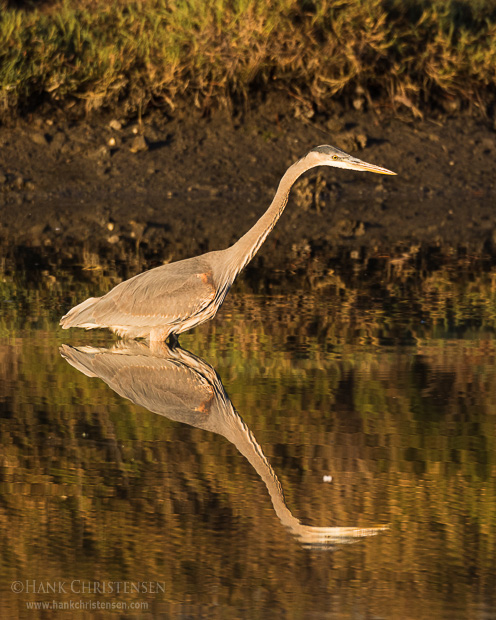
Frame Rate
Shooting at 10 frames per second felt awesome. Even though I’m used to 8 fps with the older 7D, the incremental speed boost was noticeable. While I didn’t have any action situations that called for this speed this morning, having that capability was reassuring. With the large buffer, I never hit any card write delays, even though I was shooting with a slow card.
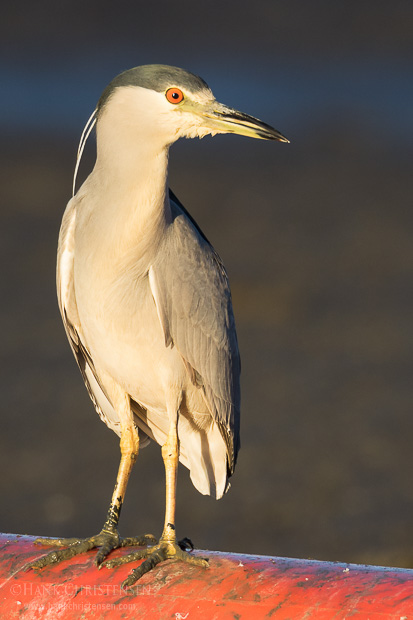
Silent Shooting
At one point, I crept close to a black-crowned night heron and began to fire off 10 fps bursts (mostly just for fun). The chatter of the shutter was loud enough to get his attention, and he stared at me, looking a bit anxious. I then remembered that the camera features a silent shutter mode (it applies extra dampening to the shutter mechanism so that it is very quiet). I set the camera to silent burst mode. This reduces the fps from 10 down to what felt like 3 or 4 fps, but it was nearly silent! I continued shooting photos of the now comfortable bird. This feature will actually be very helpful for getting close to some of the more sensitive wildlife – a nice little bonus.
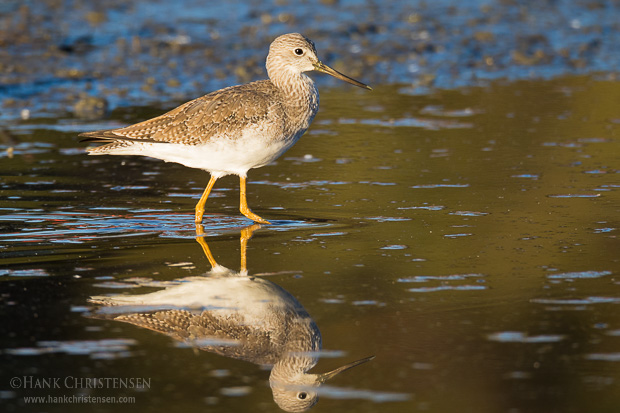
Overall Image Quality
So far, the results are fantastic. One caveat is that at the time of this writing, Adobe does not yet support the camera’s RAW files, so I had to use Canon’s software to convert to tiff before processing them in Lightroom. I’m sure I’ll get better results once I can process the RAWs directly with Lightroom, as Canon’s processor seems very poor. But the images are sharp, and the tones are pleasing. Auto white balance seems accurate. If anything, it seems that the Mk II overexposes a little more than the 7D, but I’ll get a feel for where the exposure compensation needs to be for various lighting conditions as I use the camera more.
Of course, the camera also has some goofy crowd-pleasers like multiple exposure and in-camera HDR. While I wont be using these for any serious work, they can be fun to muck around with if you’re bored.
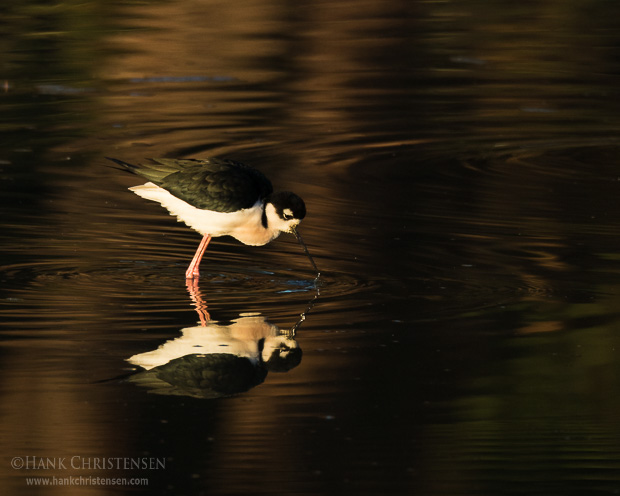
Overall, this is a fantastic camera, and I had a very enjoyable first time out with it!

